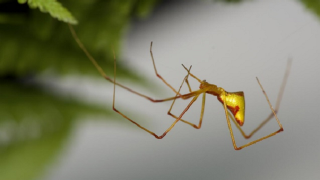
MI weekly selection #275
Same colour variations show up in spiders on different Hawaiian islands Hawaiian stick spiders living on a number of different islands quickly evolved the same trio of colour variations several times as they moved into new habitats. “They arrive on an island, and boom, you get independent evolution to the same set of forms,” said […]








